
SAN CRISTOBAL ISLAND
Ready for your adventure?
Dive into nature with us and see what makes these islands unique.
Tap below to get started!
VISITOR SITES
Interpretation Center & Tijeretas Hill
The Interpretation Center is an excellent place to learn about Natural History in the Galapagos and to learn about the San Cristobal History too. The Museum of Natural History displays information on the volcanic origins of the islands, their remoteness from the continent, ocean currents, climate, the arrival of the different species and their colonization, among other points of interest. Human history is also showcased, chronologically narrated by the most significant events related to the discovery and colonization of the islands.
Tijeretas Hill: It is called Tijeretas because this is the name commonly known for the frigates birds, it involves a high-intensity walk amidst beautiful landscapes and a magnificent view at the foot of a frigatebird nesting colony.

- Disembarking: Dry.
- Type of Terrain: Wooden Trail.
- Difficulty: Low.
- Activities: 1-hour hike.
- Highlights: Learn about the history of the islands, spot the San Cristobal mockingbird. Tijeretas Hill: It is one of the few places where you can watch the two species of frigate birds nesting in the same colony.
Wildlife by visitor site
MOCKINGBIRD
Gallery

Cerro Colorado Tortoise Reserve
Located in the San Cristobal highlands, La Galapaguera is one of the Park’s breeding centers for giant Galapagos tortoises. In contrast with other such facilities, this recovering center maintains semi–natural conditions by which young tortoises can hatch without the aid of incubators. Despite there being incubators for their safety, since the first hatching of baby Genesis in 2005, the devices have never been used. Just like other breeding centers, its purpose is to increase the survival rate of new hatchlings in the wild. They are kept at the center for the first few years of life because this is when they are particularly vulnerable to introduced predators.
This is the only site where we can see the giant tortoises of San Cristobal (Geochelone chathamensis) in semi-captivity in a re-introduction project. Our bus trip will take us into the humid zone of the island, dominated by guava and blackberry, the most aggressive of the introduced plants in the archipelago. The populations of both species have expanded over large territories to the extent that their proliferation is out of control and eradication has become impossible.
The reserve is comprised of a 6-hectare area its boutiques selling uniquely designed handicrafts, enclosed by a stone wall to ensure the captivity of the tortoises. The area was chosen for the Galapaguera Center as the most suitable, because its plant-life and microclimate closely resembles their natural habitat found in another areas of the same island.

- Disembarking: Dry.
- Type of Terrain: Sandy.
- Difficulty: Medium.
- Activities: 40-minute bus ride round-trip / 1-hour visit.
- Highlights: Enjoy a beautiful landscape on the way to the Reserve; find giant tortoises, Miconia Zone. Visit the town for great shopping opportunities at jewelry, ceramics, T-shirts, souvenirs, or use this time to try food, beer or ice cream with the locals.
Wildlife by visitor site
Gallery
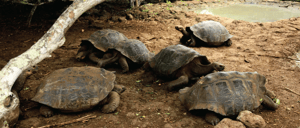
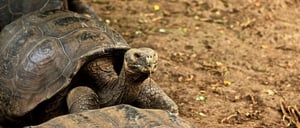

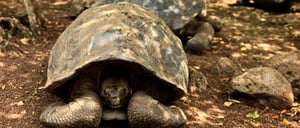
Cerro Brujo
It’s located on the northern coast of San Cristobal. Cerro Brujo is an eroding tuff cone that at several locations is composed of AA lava formations. It is a beautiful white sand beach, with an impressive volcanic landscape. Great for snorkeling and sunbathing.
We visit a lagoon where migratory bird species can be seen: black-necked stilts, Ruddy turnstones, whimbrels, other sandpiper species and white- cheeked pintails. Cerro Brujo offers beautiful views of Kicker Rock, the southern part of San Cristobal and the adjacent coast.

- Disembarking: Wet.
- Type of Terrain: Sandy.
- Difficulty: Low.
- Activities: 30 min dinghy ride / 1 hour hike / 1 hour beach snorkeling.
- Highlights: Beautiful rock formations, Ruddy turnstones, lava gulls, sea lions, beautiful white sand beach.
Wildlife by visitor site
Gallery

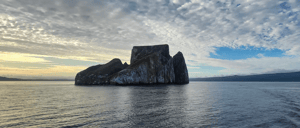
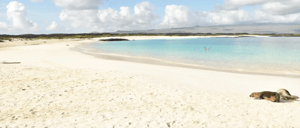
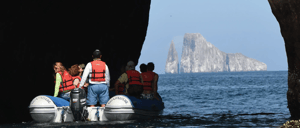


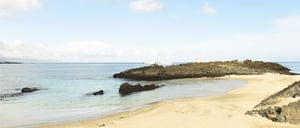

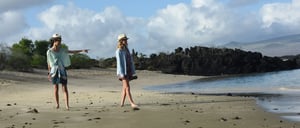


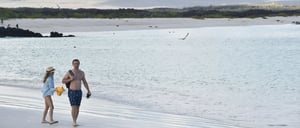
Punta Pitt & Islet
Punta Pitt is located at the east end of San Cristobal Island. The trail includes an olivine beach of 295 ft (90 m) long and a path that climbs to the top of a volcanic tuff, through several magnificent viewpoints.
This is probably the only site where the three booby species of the Galapagos can be seen together, as well as two species of frigate birds and a sea lion colony; it is also excellent for dinghy rides and snorkeling, where a good range of seabirds can be observed such as the blue-footed booby, red-footed booby and the Nazca bobby.

- Disembarking: Wet.
- Type of Terrain: Sandy.
- Difficulty: Medium.
- Activities: 2 hour hike / 1 hour beach snorkeling or leisure time.
- Highlights: Excellent viewpoint, three types of boobies and two of frigates.
Wildlife by visitor site
MOCKINGBIRD
Gallery
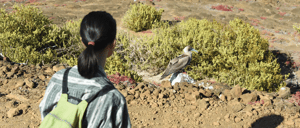
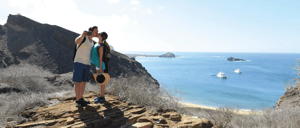



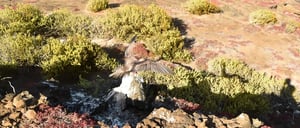





Suggested items
SUNSCREEN
SHOES
Location map
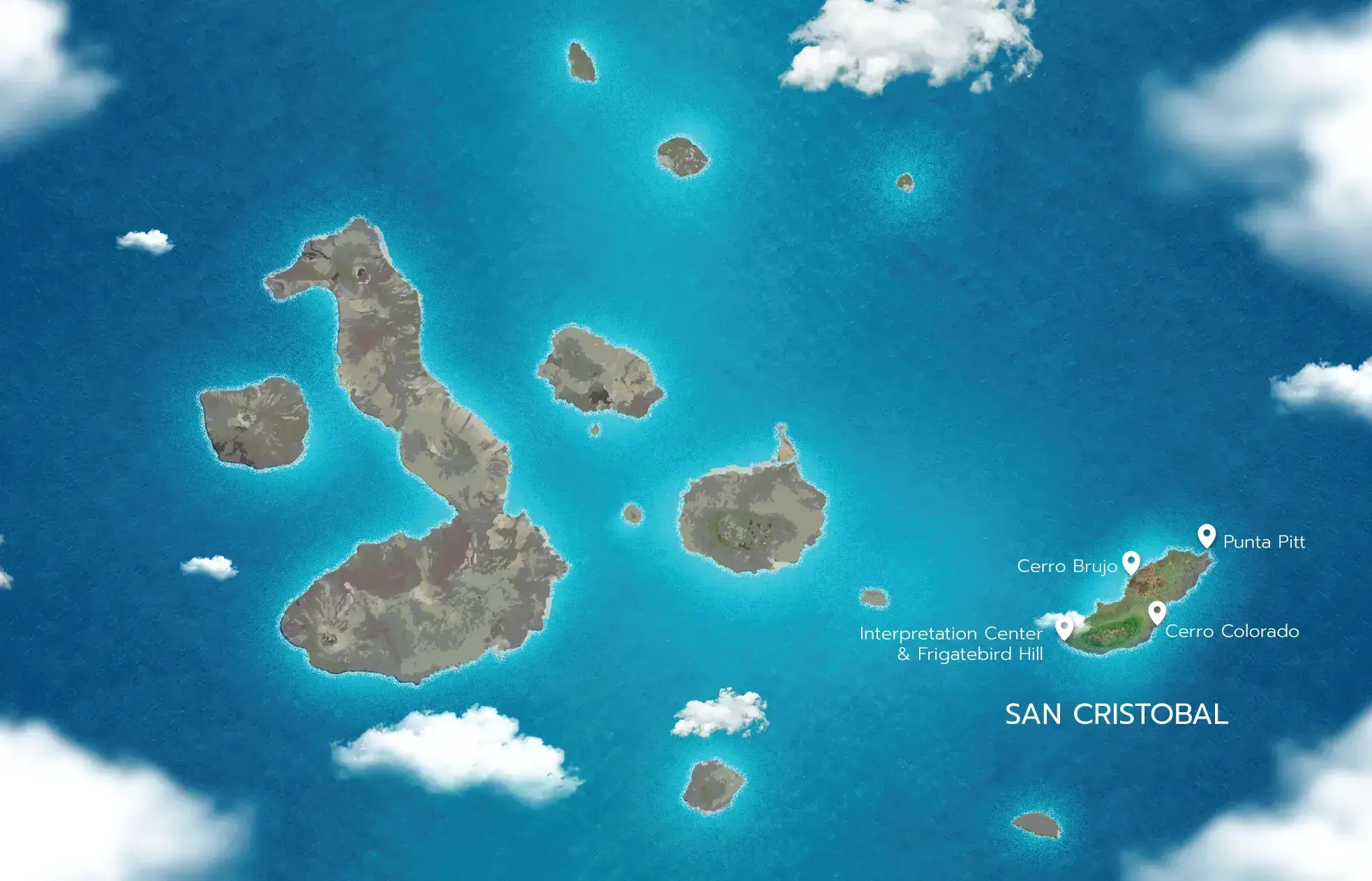
CHARLES DARWIN JOURNEY
The Galapagos Islands, a living laboratory of evolution, revealed to Charles Darwin a world where life adapts and thrives remarkably. These islands sparked the ideas that forever changed how we understand nature and ourselves.